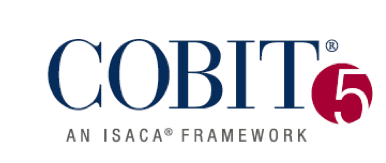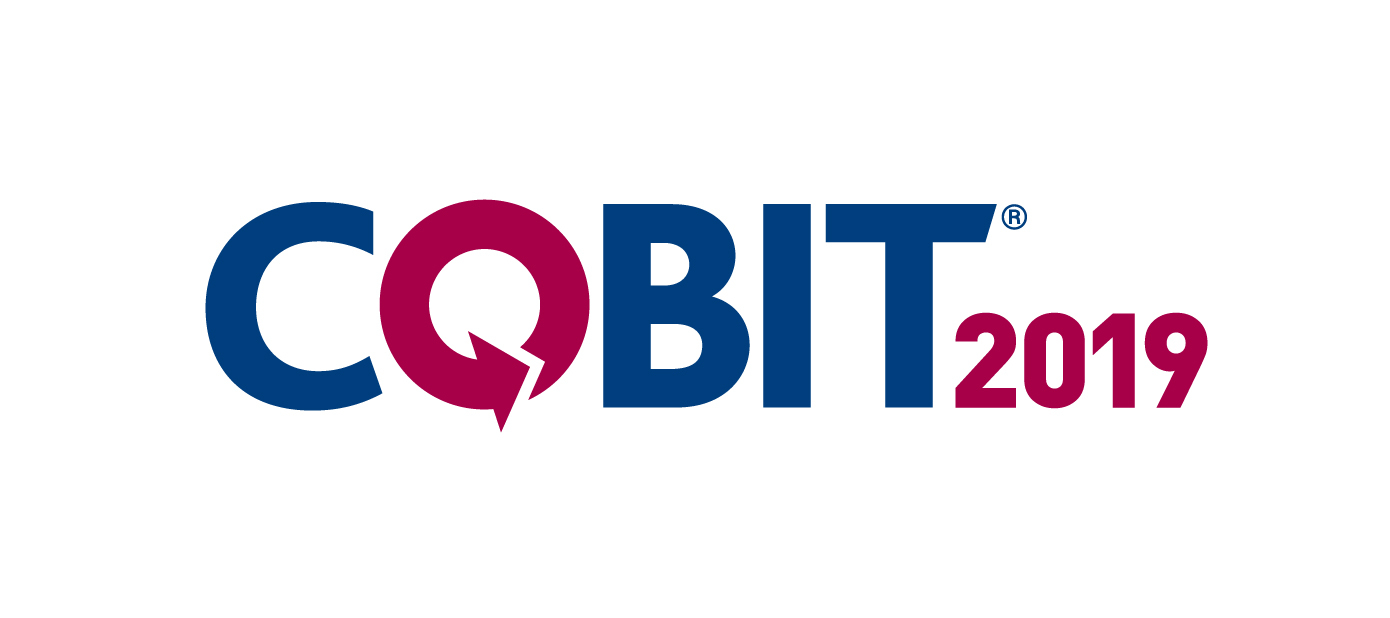Learn more about COBIT 2019 and COBIT 5
There is no doubt that the Information Technology (IT) sector is no longer an operational area and has come to have a strategic value for organizations. As a company understands this, the greater the chances of being fully inserted in the digital transformation. However, this level is only reached when there is a focus on good management practices, based on methodologies such as Cobit.
It is not enough to rely on qualified professionals and state-of-the-art equipment for the IT segment to add value to the business. It is also essential that all this is properly managed, so that services are performed with excellence, a key factor for the strengthening of a brand.
In this article, we will cover several topics about one of the most renowned IT management formats on the market. The intention is that you have more subsidies to apply it correctly in your company. Check out!
Understand what COBIT is
It is a structure used for the governance and administration of IT assets, created by the Information Systems Audit and Control Association, which adopts the acronym ISACA, which means “Information Systems Audit and Control Association”.
One of the main characteristics of the Cobit model is that it complies with the parameters of the Committee of Sponsoring Organizations of the Treadway Commission's Internal Control – Integrated Framework (COSO).
In general, this management model is used to improve investments in Information Technology, creating a more favorable environment for employees to use more advanced and efficient technological resources.
Thus, one of the main goals and advantages of Cobit is to ensure that the Return on Investment (ROI) is achieved in the short term, which contributes to an organization being more competitive.
It is worth noting that Cobit has been very useful for the technology to be applied in all areas of a company, following principles such as quality and safety. As a result, it is necessary to implement structures, mechanisms and processes so that good IT governance practices are fully present in a corporation.
See how this methodology works
Risk management, process management and an accurate analysis of the results provided by IT are among the main characteristics of Cobit, which is adopted through various information control techniques.
These procedures encompass initiatives such as planning, through execution and performance evaluation. In total, Cobit has 34 processes and 210 control points that are related to initiatives such as:
- Planning and Organization;
- Acquisition and Implementation;
- Delivery and Support;
- Monitoring and Evaluation.
Based on these actions, this management methodology is now adopted so that IT processes are properly planned, executed and monitored with a focus on reducing failures and continuously improving results.
It is worth noting that Cobit's control goals are directly related to the demands of each organization. This aspect provides some flexibility, but that does not mean disregarding the ideal quality parameters for strong and efficient IT governance.
Another important point is that Cobit is focused on the company's business. This does not happen with other IT management models that prioritize Information Technology activities only.
This aspect makes the requirements of this framework contribute to the IT governance being adequate to the business objectives. This is very important so that technological resources are more aligned with services and demands linked to increased efficiency and reduced time to complete deliveries.
Know the maturity levels
If you really want to follow a differentiated governance model, it is important to obtain information about the 5 different degrees of maturity of Cobit.
In the initial stage, the intention is only to recognize the problems and their origin, without worrying about standardizing the processes. In the intuitive phase, failures are very frequent, because the processes are not properly disseminated in the organization.
In the case of Cobit with defined processes, the company already has a formalization of what must be executed. And this is put into practice through communications, documents and training.
The next stage is managed and measured Cobit, where there is a measurement of how the procedures are being carried out. This work makes it possible to identify what can be automated and implement the concept of permanent improvement.
The highest degree of maturity is optimized Cobit. In it, the IT segment is duly qualified to provide solutions that allow improving the quality of services, based on solid processes and workflow automation.
See details about COBIT 5

The fifth version of Cobit is considered one of the main IT governance methodologies on the market. It presents five principles and seven skills that allow you to take advantage of the technological infrastructure with intelligence and help a company to achieve goals.
With an adequate use of the concepts established in Cobit 5, it is possible to obtain several benefits, such as:
- Maintenance of the data storage structure with security and integrity;
- More focus on strategic objectives with IT support;
- Improved performance and reliability of the Information Technology infrastructure;
- Reduction of risks related to the integration of IT with other segments of the company;
- Optimization of expenses related to the use of technological solutions;
- Easier to adopt compliance rules efficiently.
Assess the potential of COBIT 2019 for your business

One of the main features of the newest version of Cobit covers the concern with risk management, governance and data security. Undeniably, these aspects need a closer look from managers. After all, data theft and leaks cause financial and reputational damage to brands that can be irreversible.
Another important point is that the Cobit 2019 guidelines also take into account the General Data Protection Law (LGPD), which came into full force in 2021, and the GDPR, which guides the care organizations need to take with data in the European Union.
With cyberattacks becoming more and more sophisticated, it is essential to adopt good practices that considerably minimize risks. In Brazil, it is increasingly common to see companies and public bodies facing service outages due to cybercriminal actions. This scenario undoubtedly shows how the correct adoption of Cobit 2019 becomes necessary.
Understand the differences between COBIT 2019 vs COBIT 5
Cobit 2019 has the ability to describe the role of the areas more clearly, prioritizing the maintenance of a solid and more secure governance system.
The newest version is also more in line with international standards for information management and governance. In addition, it seeks to be more didactic about the tools that organizations can adopt to implement a governance system that meets the changes brought about by digital transformation.
The inclusion of new online resources for decision-making and the use of smarter mechanisms to measure the performance of assets and IT staff are other aspects that differentiate Cobit 2019 from Cobit 5.
By implementing Cobit in an exemplary way, an institution will be moving towards achieving a more expressive and efficient performance through Information Technology. After all, you will be better able to invest correctly in IT assets and follow good practices to keep services more protected and available to the target audience.
Historic
THE ISACA launched COBIT in 1996, originally a set of control objectives to help the financial auditing community better cope with IT-related environments. It was initially called “Control Objectives for Information and Related Technologies,” although before the framework was released people called it “CobiT” like “Control Objectives for IT” or “Control Objectives for Information and Related Technology.” The framework defines a set of generic processes for managing IT, with each process defined together with process inputs and outputs, key process-activities (KPAs), process objectives, performance measures and a maturity model elementary. COBIT also provides a set of best practices for the governance and control process of information and technology systems with the essence of align IT with the business. COBIT 5 consolidates COBIT 4.1, Val IT and Risk IT into a single framework acting as a corporate framework aligned and interoperable with other frameworks and standards.
Seeing value in expanding the framework beyond the audit domain, ISACA released a broader version 2 in 1998 and expanded even further by adding management guidelines in version 3 in the 2000s. The development of both standards [AS 8015 ]: Australian Standard for Corporate Governance of Information and Communication Technology in January 2005 and, the more international standard ISO/IEC DIS 29382 (soon to become ISO/IEC 38500 in January 2007) raised awareness of the need for more information and communication technology (ICT) governance components. Inevitably, ISACA added components/frameworks related to versions 4 and 4.1 in 2005 and 2007 respectively, “addressing IT-related business processes and responsibilities in creating value (Value IT) and risk management (Risk IT).”
COBIT 5, released in 2012, is the current version of the framework. One of the main changes from COBIT 4.1 is the integration with other sets of best practices and methodologies, such as standards ISO, ITIL, among others.
COBIT 5 COBIT 5 was built and integrated on the basis of 20 years of development in this field. From its inception, centered on the IT audit community, COBIT has become the most comprehensive, comprehensive and accepted IT Governance and Management framework. COBIT 5 was additionally complemented with the Val IT and Risk IT frameworks. Prior to COBIT 5, Val IT addressed business processes and responsibilities in creating business value and Risk IT provided a holistic business view of risk management. Both are now built into COBIT 5.
In April 2019, the current version of COBIT was released, called COBIT 2019, where one of the main updates is the guidelines that allow the customization of IT governance, that is, the guidelines are freer, aligned according to the demands of each organization.
If you liked this article or have any questions about how to use Cobit in your business, please leave a comment. We are available to answer all your questions on this subject!
Tags: ServiceNow, Snow Software, Software Asset Management, Software Asset Management, SAM, FINOps, ITAM, ITSM, Flexera, Cloud Management, stakeholders, IT industry, cobit certification, information security, IT goals, cobit foundation exam, top management, use of cobit, business goals, enable a holistic view, balanced scorecard, best practices, cobit understand, cobit works, holistic approach, it delivers, achieves goals, organizational structures, business requirements, enable a holistic approach , single model, use of IT, strategic alignment, IT strategy, IT environment, internal auditor, data collection, optimize investments, business model, remote access, technology governance, this standard, IT business, know the benefits , IT team, IT manager, corporate governance, IT resources, apply a framework, team management, cobit foundation, decision making, common language, project management, investments in it, customer service, cutting-edge organization, cobit framework, cobit principles, contact us, related technology, apply an integrated framework, power bi, customer support, company goals, subscribe to our newsletter, risk management, cobit website isaca, cobit benefits, separate governance, integrated framework, it infrastructure, social networks, it professionals, it processes, set of good practices, governance framework, information technology, governance process, it audit, decision making decisions, information systems audit, control objectives, business processes, maturity model, systems audit and control, process management

